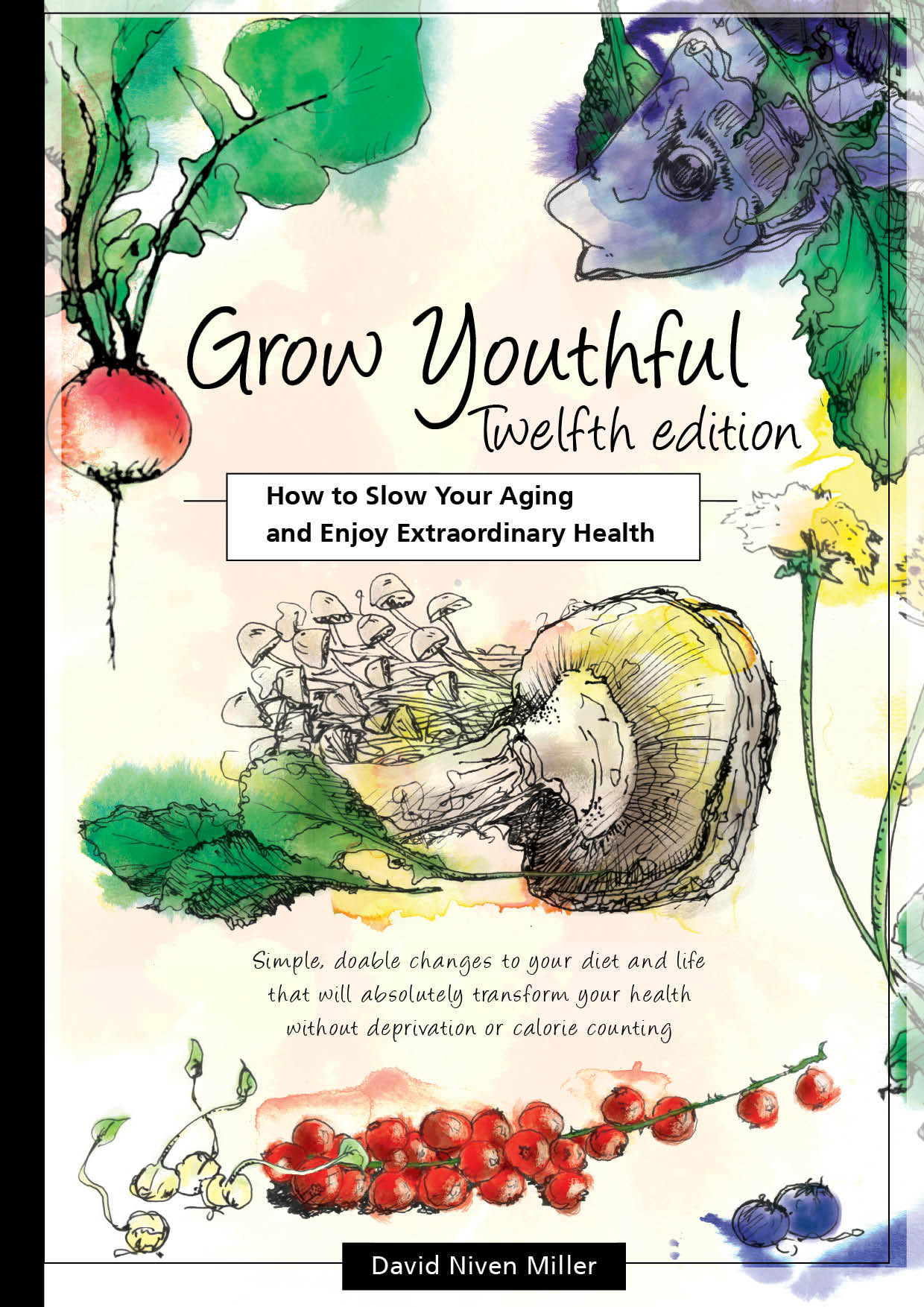
Miscarriage
What is a miscarriage?
Symptoms of miscarriage
Risk factors for miscarriage
Causes of miscarriage
Prevention of miscarriage
References
What is a miscarriage?
Miscarriage is the natural loss of a foetus before it is able to survive outside the mother. A miscarriage may be called a "spontaneous abortion", versus an "induced abortion" for the termination of a pregnancy. A stillbirth is a foetus that died before normal birth but after viable gestational age.
About half of all fertilised eggs are aborted spontaneously, usually before the woman even knows she is pregnant. (6) Between 65-75% of miscarriages occur during the first 12 weeks of pregnancy, with most of them during the first 7 weeks. The total miscarriage rate is about 15-20% among those women who know they are pregnant. The rate of miscarriage falls after the baby's heart beat is detected. (2)
A miscarriage can be confirmed with an ultrasound and by the examination of blood and tissue passed from the vagina.
Most (early) miscarriages need no treatment. Even when a miscarriage has been diagnosed, 65-80% of cases need no treatment other than observation. (5) Most tissue will pass within 2-6 weeks, but in the case of incomplete abortion, drugs such as misoprostol (a prostaglandin, brand name Cytotec) or surgical treatment called dilation and curettage (D&C) may be necessary.
Foetuses born before 24 weeks of gestation rarely survive, and those that do may be negatively affected for life.
Symptoms of miscarriage
- Bleeding is the most common symptom. Although heavy bleeding should be addressed urgently, light bleeding or spotting is not necessarily a sign of an impending miscarriage. About half of all women who seek clinical treatment for heavy bleeding will miscarry. (1)
- Pain in the belly, pelvic cramps, or a persistent, dull ache in the lower back. Pain can start a few hours to several days after bleeding.
- Blood clots or foetal tissue passing from the vagina.
Risk factors for miscarriage
- Age of both the mother and the father, especially after the age of 35. (4, 6)
- One of the parents has a child or other relatives with birth defects.
- Exposure to various toxins, pharmaceutical drugs, xenoestrogens, alcohol, cigarette smoking, and recreational drugs. Both parents, and especially the mother, should be as clean and healthy as possible months before the pregnancy. Alcohol is highly toxic to the foetus at, and immediately after conception, especially affecting brain and nerve development.
- Endometriosis.
- Fibroids.
- Polycystic ovary syndrome.
- Excessive estrogen (dominance).
- A history of three or more miscarriages.
- Diabetes.
- High blood pressure (hypertension).
- Hypothyroidism.
- Twins or multiple foetuses.
- Various bacterial or viral infections such as rubella and chlamydia.
- Some blood-clotting disorders such as antiphospholipid antibody syndrome.
- Heavy caffeine use.
Causes of miscarriage
- Genetic / chromosomal abnormalities are found in more than half of embryos miscarried in the first 13 weeks. (3)
- Genetically modified foods.
- Progesterone deficiency.
- Physical problems. Malformation, growths, infection or other problems with the uterus, cervix, placenta or umbilical cord.
Prevention of miscarriage
- Diet. Couples in many traditional cultures around the world start preparing for pregnancy months before conception. Pregnant women need plenty of fat-soluble vitamins found in butter, cod liver oil, fish and fish eggs, organ meats and raw egg yolks. In addition to these foods, shellfish, shrimps and liver help strengthen the mother's nervous system and develop that of her foetus. Wild salmon, fish heads and fish eggs are also a source of iodine and other essential nutrients. She needs foods high in the amino acid taurine. Fermented cream (kefired cream) is another excellent pregnancy and breast-feeding food for the mother or mother-to-be. Leafy green vegetables rich in folate help prevent birth defects like spina bifida. The long-term diet that I explain in Grow Youthful will help a woman get and stay healthily pregnant.
- Avoid genetically modified foods. Consume only certified non-GMO foods which are also organically grown.
- Natural progesterone cream.
- Iodine.
- Vitamin D.
- A relaxed, low stress, happy, active lifestyle.
- See details of remedies recommended by Grow Youthful visitors, and their experience with them.
References
1. Everett C.
Incidence and outcome of bleeding before the 20th week of pregnancy: Prospective study from general practice.
1997. BMJ 315 (7099): 32-4. doi:10.1136/bmj.315.7099.32. PMC 2127042. PMID 9233324.
2. Susan Storck.
8 November 2012.
www.nlm.nih.gov/medlineplus/ency/article/001488.htm
3. Kajii, T; Ferrier, A; Niikawa, N; Takahara, H; Ohama, K; Avirachan, S.
Anatomic and chromosomal anomalies in 639 spontaneous abortuses.
1980. Human genetics 55 (1): 87-98. doi:10.1007/BF00329132. PMID 7450760.
4. Bray, I.; Gunnell, D; Davey Smith, G.
Advanced paternal age: How old is too old?
2006. Journal of Epidemiology & Community Health 60 (10): 851-3. doi:10.1136/jech.2005.045179. PMC 2566050. PMID 16973530.
5. Kripke C.
Expectant management vs. surgical treatment for miscarriage.
2006. American Family Physician 74 (7): 1125-6. PMID 17039747.
6. Ammon Avalos, L; Galindo, C; Li, DK.
A systematic review to calculate background miscarriage rates using life table analysis.
June 2012. Birth defects research. Part A, Clinical and molecular teratology 94 (6): 417-23. PMID 22511535.
